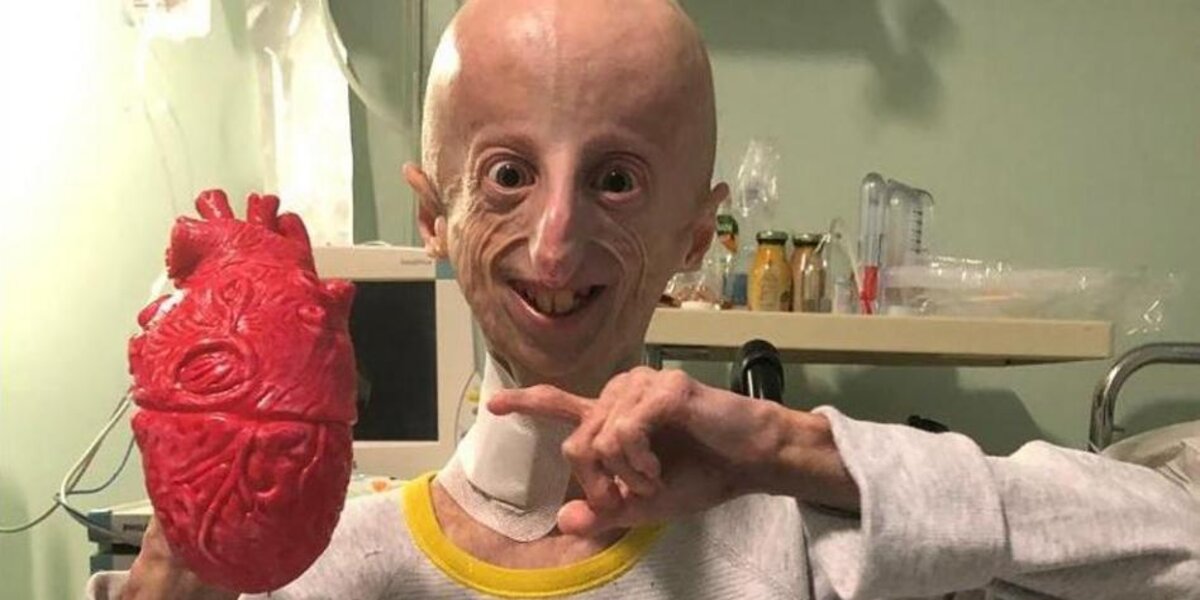Table of Contents
One of the researchers in López-Otín’s team is Sammy Basso, probably the world’s longest-living progeria patient (born in 1995).
Sammy Basso, the biologist struggling to slow his accelerated aging
Hutchinson-Gilford accelerated aging progeria syndrome is a rare disease that appears in childhood, accelerates aging and causes premature death.
Now, two studies developed in mice and based on gene editing have succeeded in increasing life expectancy in these animals.
The two trials, the results of which are published in Nature Medicine, were led by Spanish Biochemistry professors Carlos López Otín and Juan Carlos Izpisúa, and are independent studies but very similar in design and results.
Sammy Basso
One of the researchers in López-Otín’s team is Sammy Basso, probably the longest-living progeria patient in the world (born in 1995), who after meeting the Spanish researcher decided to study Molecular Biology to investigate his disease.
Basso graduated from the University of Padua and, in 2017, as part of his end-of-degree work, he moved to López-Otín’s laboratory, where he joined the project and helped in the experiments.
119 patients worldwide
Hutchinson-Gilford progeria is a very rare disease for which there are only 119 officially diagnosed patients worldwide, although it is estimated that there are more undiagnosed.
The origin of this disease is a mutation in the LMNA gene, which causes the accumulation of a toxic protein in the nucleus of cells, leading to a gradual deterioration in the organism.
The life expectancy of patients with progeria is around 14 years, and although some therapies have been developed with positive results, to date there is still no effective treatment for this genetic disease.
Two studies
With slight differences, the treatments proposed by López-Otín and Izpisúa-Belmonte may be the first with “permanent effects”, since both use the CRISPR/Cas9 system, a gene editing system that acts directly on the mutated gene, causing it to stop producing the toxic protein for life.
The team led by López-Otín, at the University of Oviedo, carried out the trial in a murine model, a strain of mice used to study a specific disease. “In this case, it is a strain of genetically modified mice, generated in our laboratory, that have the progeria-causing mutation and show the symptoms of the disease,” Olaya Santiago-Fernández, a researcher at the University of Oviedo and co-author of the study, explains to Efe.
Coincidence of results
In addition, due to the multi-organ nature of progeria, the study also demonstrates for the first time the capacity of the CRISPR/Cas9 system to tackle systemic diseases (those that affect the whole organism).
Izpisúa-Belmonte’s trial at La Joya, California, obtained the same results as the University of Oviedo trial, although the mice already had part of the CRISPR/Cas9 system introduced into their cells.
Further research
The coincidence of the results of both studies “gives even more hope about the usefulness of these treatments,” concludes Santiago-Fernández.
However, although so far the various preclinical studies carried out with this therapy for the treatment of various pathologies are promising, further research is still needed to ensure its safe use in the treatment of patients.





